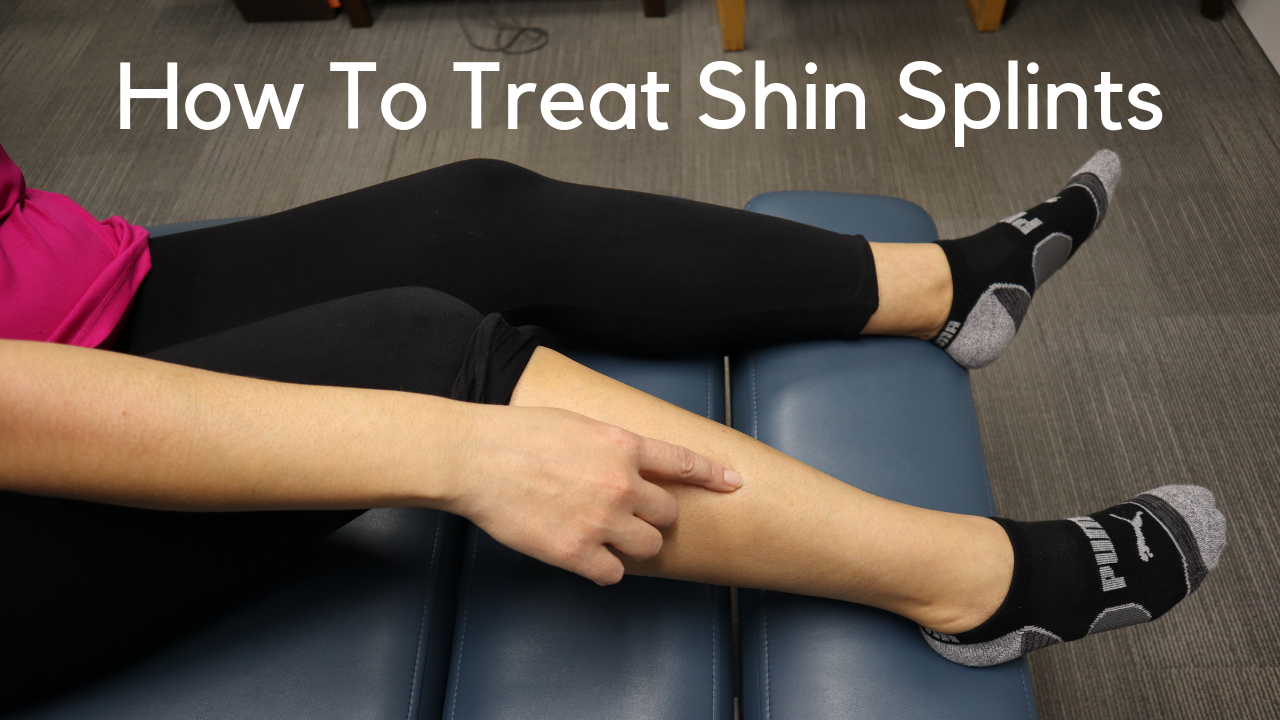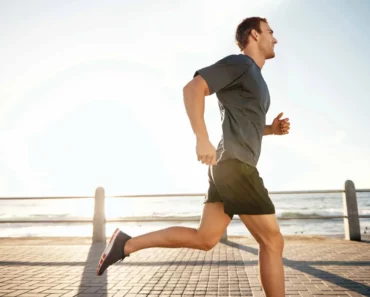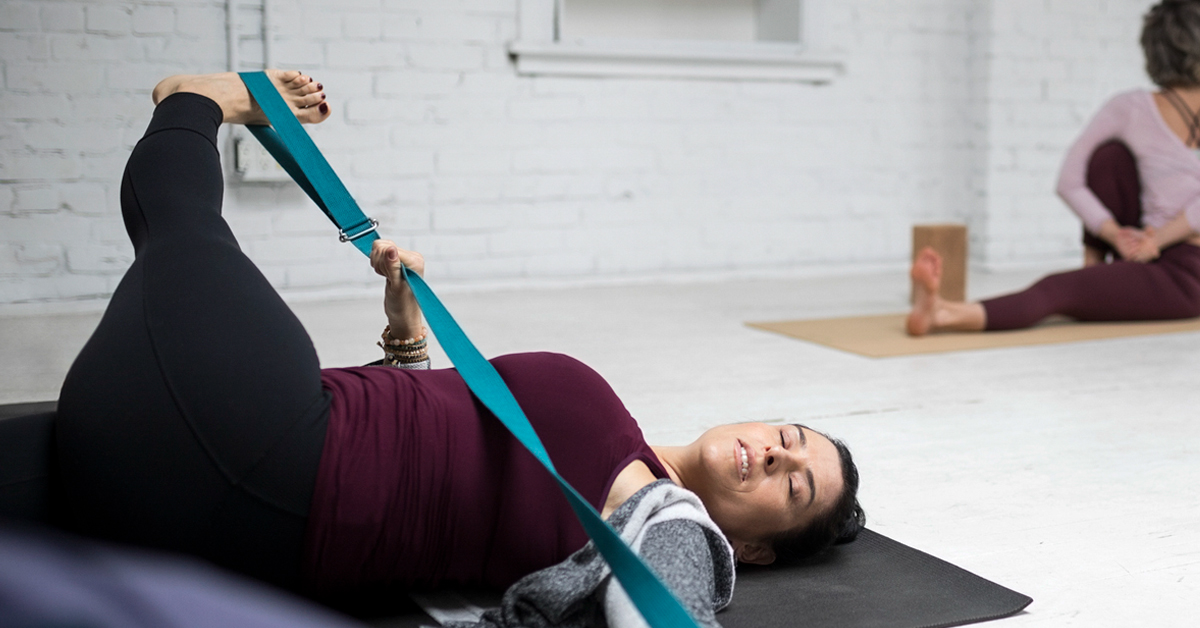Exercises help reduce the risk of shin splints by strengthening the surrounding muscles. Your doctor may also recommend stretching to add flexibility and prevent tightness that leads to shin splints.
Towel scrunches and piano toe movements strengthen your feet and arches, which helps to redirect impact from the shin bone onto the calf muscles. Try adding these exercises to your routine.
Toe Curls
Shin splints, also known as medial tibial stress syndrome, are a common injury for athletes who participate in sports that require jumping or running. Shin splints are the result of irritation or minor tearing of the tissue connecting the lower leg muscles (such as the posterior tibialis and flexor digitorum on the inside of your foot, the anterior tibialis along the front of your shin, and the soleus deep in the calf) to the lower leg bone, or tibia.
The most common cause of shin splints is overuse. It is also common in athletes that do not properly warm up before workouts or exercise and that do not include slow, sustained stretches as part of their routine. Proper treatment of shin splints can prevent them from disrupting an athlete’s training and performance.
One of the most effective exercises for shin splints is an eccentric muscle contraction called toe curls. This simple exercise strengthens the arch of the foot and stretches the tibialis anterior muscle, allowing for better distribution of weight through the foot and legs. This can help to reduce the shock that is often felt with running and other activities that place stress on the shin bone. To perform this stretch, stand with your feet shoulder-width apart and your toes pointed slightly outward. Then, slowly squat down so that the back of your knee comes close to the ground but not touching it. Hold this position for 30-60 seconds and repeat 3-4 times.
Wall Stretches
Shin splints often occur due to overworking the muscle and bone tissue of your lower leg. Incorporating light stretching into your daily routine can help alleviate discomfort, maintain flexibility and reduce the risk of future episodes. Stretching sessions are especially important before and after exercise, but should be performed within your personal comfort zone.
Stand facing a wall, or a door frame or divider, about two feet away. With your foot planted in front of your body, shift your weight to the rear of the leg and begin to dorsiflex (bring your toes up toward your knee). Hold this position for 15 to 30 seconds before returning to the starting point. Repeat three to five times.
This simple seated exercise helps to alleviate tension in the shin and calf muscles. Begin by sitting on the floor with your legs extended in front of you, then select one leg and bend it until your toes are pointed in the direction of your body, while flexing your foot and ankle toward you. Hold this stretch for approximately 30 seconds before performing the same exercise with the other leg.
This exercise is an excellent way to strengthen the anterior tibialis, a muscle that plays an important role in preventing and treating shin splints. Begin by standing with your knees bent in a lunge, placing the heel of your front leg against a wall. Slowly move the knee forward over your big toe and backward over the middle toe until you feel a stretch in the front of the ankle/shin area.
Towel Stretches
Incorporating towel stretches in your exercise routine can help strengthen the muscles that support the lower leg and ankle. This is particularly important for runners as shin splints can be caused by poor form, heavy heel-striking, downhill striding or running too quickly. Strengthening these muscles will help redirect the impact of running and other activities away from your shin bones and onto the calf muscles, which can help relieve shin pain.
Place a hand towel flat on the floor and with one foot at a time, scrunch it up using your toes and spread it out with your other toes. Repeat several times with each foot. Then, switch feet and do the same to the other foot. This builds on your towel scrunches and piano toe movements, continuing to work to strengthen the foot and arch.
Kneeling shin stretch
The kneeling shin stretch targets the front of your shin muscle, or the anterior tibialis. To do this, begin in a kneeling position and slowly shift your body weight forward while keeping the tops of your toes or shoe on the ground until you feel a gentle to moderate stretch in your shin. Hold for up to two minutes, then repeat with the other leg. This can be performed as often as needed, especially before and after workouts.
Calf Stretches
Adding calf-stretching exercises to your routine helps alleviate tension in the lower leg muscles and shins, reducing discomfort for runners with shin splints. Performing these stretches before and after exercise may help reduce pain and discomfort during the activity, as well. These exercises can also help you regain flexibility and strength after an injury, easing your post-workout pain.
The seated calf stretch is an easy exercise for shin splints that you can do in the comfort of your home. To perform this calf stretch, sit down on the floor and extend one leg out in front of you. Loop a towel around the toes and ball of the foot, then pull the towel toward your body while keeping the knee straight. Hold this position for 15 to 30 seconds and then repeat with the other leg.
This calf stretch, also known as the wall tibialis anterior stretch or penguin walk, targets the back of the calf muscle, which is known as gastrocnemius. To do this calf stretch, stand with your hands flat against the wall and then step one leg behind you, putting the heel on the ground. Slowly bend your back knee until you feel a stretch in the calf of the leg that’s being extended. Repeat this calf stretch 2-3 times on each side. This exercise can also be done with the back leg straight for a soleus stretch, which isolates the smaller muscle in your calf.





